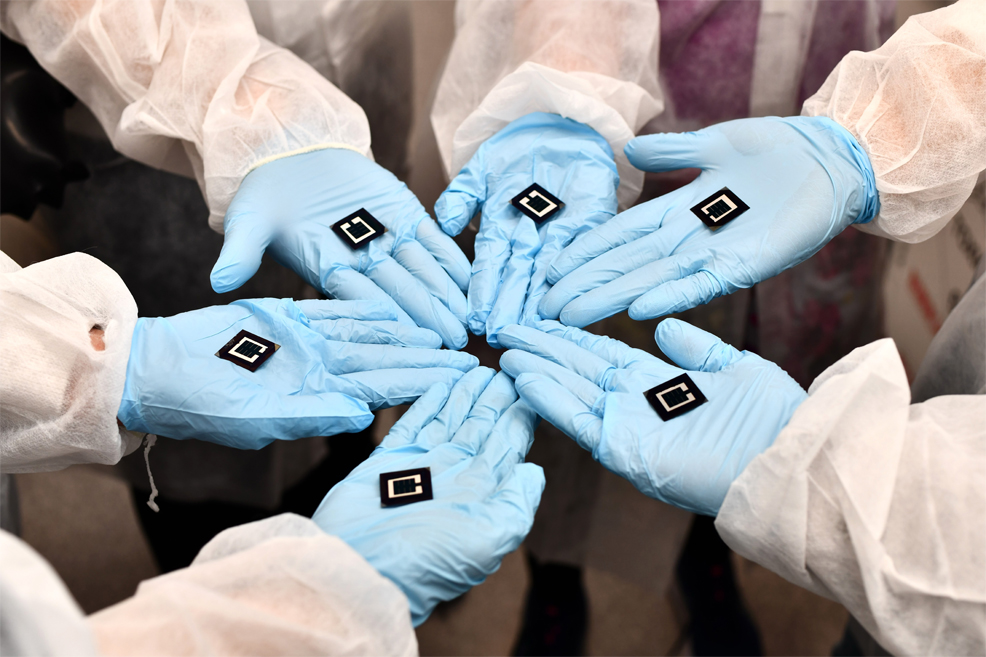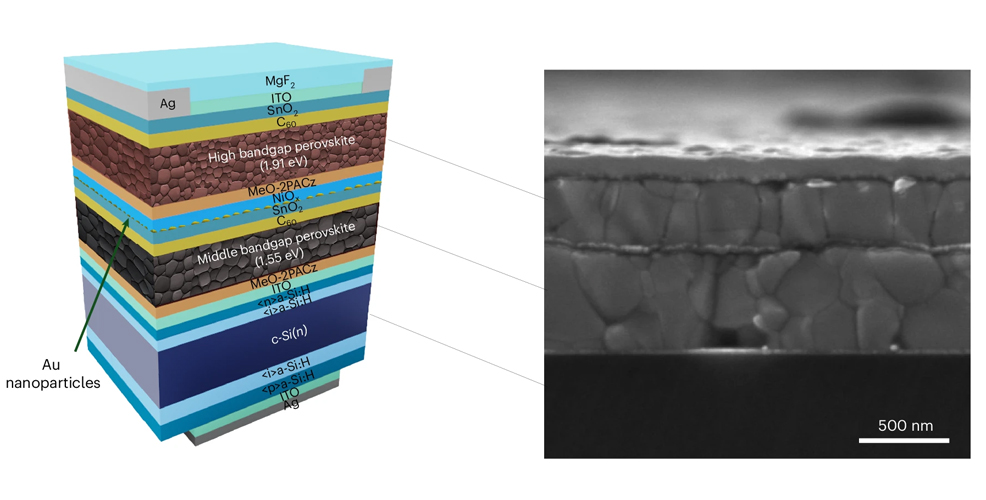
7th October 2025 New efficiency record for perovskite solar cell Researchers at the University of Sydney have achieved a record-breaking 27.06% efficiency with a new triple-junction perovskite solar cell. This marks a significant advance towards low-cost, stable solar devices that capture more of the Sun's energy than silicon alone.
Scientists at the University of Sydney have set a new benchmark for solar energy technology, creating the most efficient triple-junction perovskite solar cell yet reported. Their device reached 27.06% power conversion efficiency on a small one-square-centimetre sample, while a larger 16 cm² version achieved an independently certified steady-state efficiency of 23.3%. The results appear today in Nature Nanotechnology. The research team, led by Professor Anita Ho-Baillie at the Sydney Nano Institute and School of Physics, has made major progress in stabilising and scaling up perovskite-based solar cells. These materials, cheaper and easier to process than silicon, can absorb a wider portion of sunlight's spectrum when stacked in multiple layers. The group's triple-junction design uses two layers of perovskite above a silicon base, each tuned to capture a different wavelength of light, allowing more of the Sun's energy to become electricity. "We improved both the performance and the resilience of these solar cells," said Professor Ho-Baillie. "This not only demonstrates that large, stable perovskite devices are possible but also shows the enormous potential for further efficiency gains."
To reach their record performance, the scientists re-engineered the chemistry of the perovskite layers. They replaced a less stable component called methylammonium with rubidium, producing a crystal structure that resists defects and degradation. They also introduced a new surface treatment using piperazinium dichloride instead of lithium fluoride, and refined how the layers connect by adding nanoscale particles of gold. This improved both electrical flow and light absorption, giving the device higher efficiency and better durability. The team tested the cells under harsh conditions to prove their stability. The smaller device retained 95% of its original efficiency after more than 400 hours of continuous illumination and survived 200 cycles of temperature swings between −40 °C and 85 °C, meeting international standards for long-term reliability. Perovskites already show how the world can go beyond the limits of silicon, offering cheaper and more sustainable routes to harness solar energy. As research continues to refine these materials, solar power looks set to become even more efficient, accessible, and vital in the global transition toward clean energy.
Comments »
If you enjoyed this article, please consider sharing it:
|
||||||








